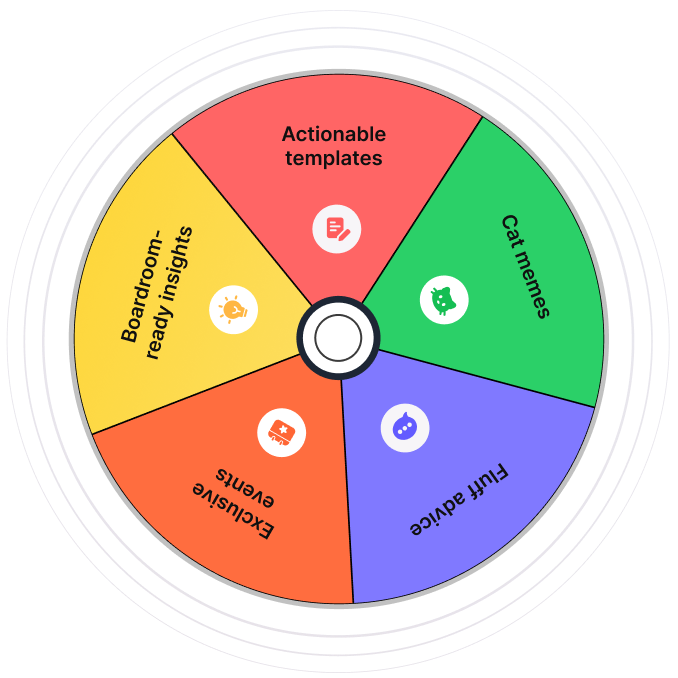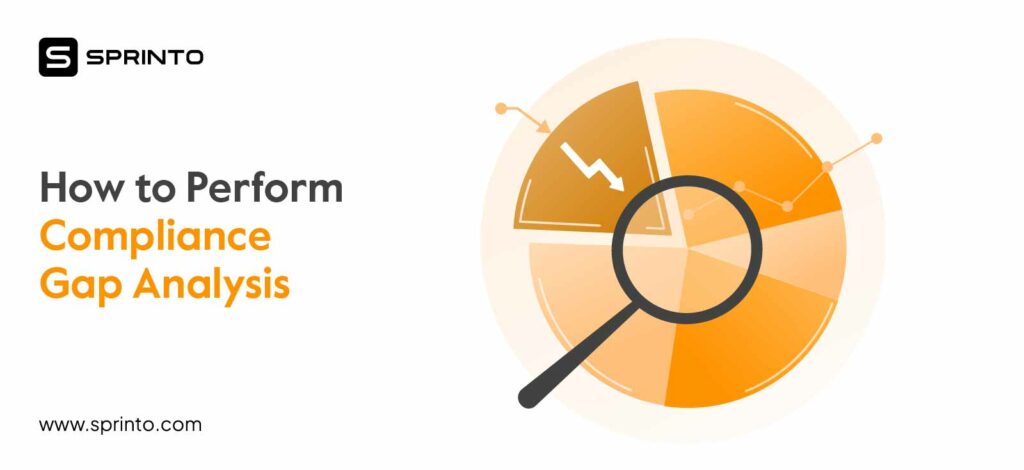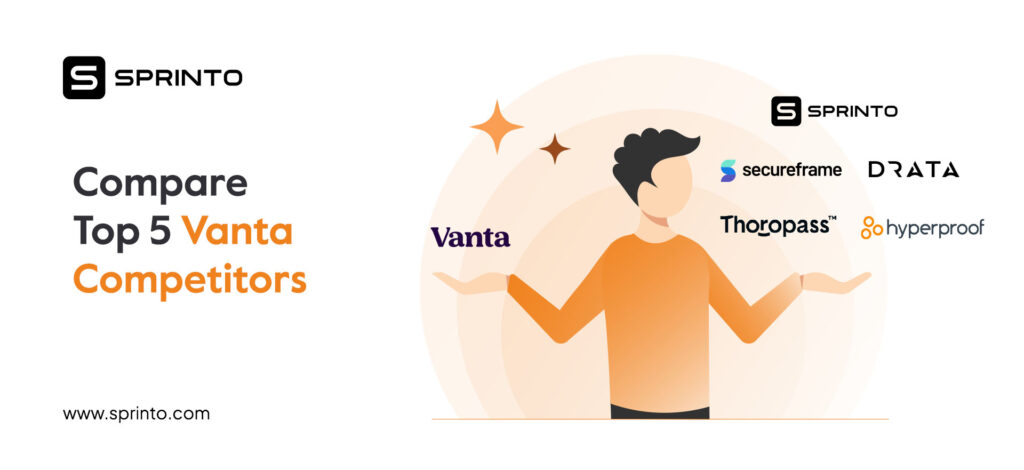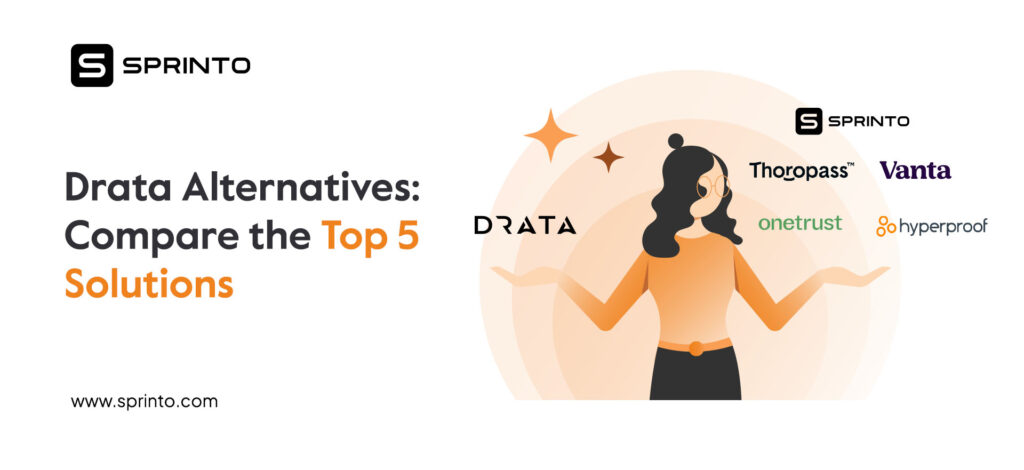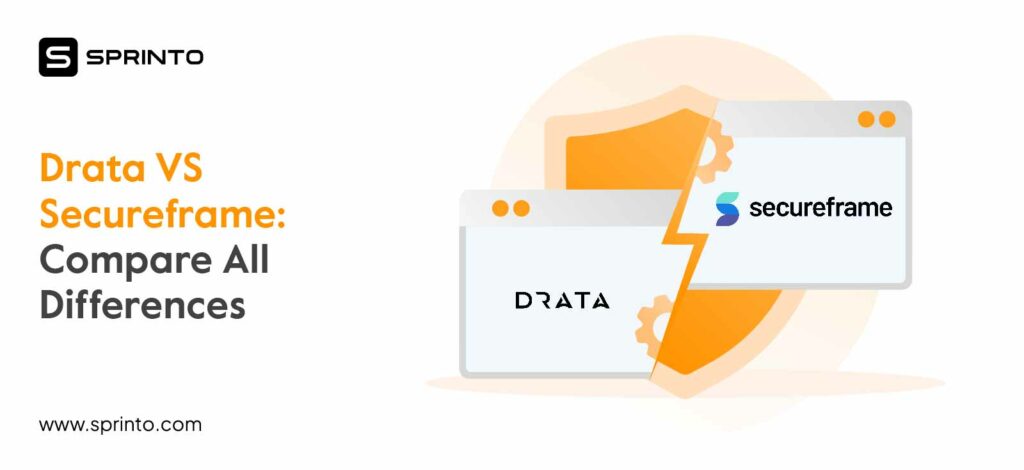Vulnerability Management: Key Stages, Challenges, and Best Practices

Equifax breach in 2017: attackers exploited a known but unpatched Apache Struts vulnerability, ultimately exposing the personal data of over 140 million people. This incident began with a single, overlooked weakness, illustrating how most breaches start with something known but unfixed.
Without a systematic approach to identifying, prioritizing, and patching vulnerabilities, security gaps can quietly accumulate, eventually erupting into breaches, operational downtime, or compliance failures.
| TL;DR Vulnerability management is the continuous process of discovering, assessing, prioritizing, and remediating security weaknesses across your organization. Vulnerability management reduces your attack surface, prevents data breaches, eases compliance with regulations, and responds faster to the latest threats. NIST, ISO 27001, CIS Controls, etc, are frameworks that form the pillars to build a strong, repeatable vulnerability management program. |
What is vulnerability management?
Vulnerability management is the continuous process of tracking, identifying, assessing, mitigating, and reporting weaknesses in IT systems, networks, and applications to safugaurd the organization from cyberattacks and malicious exploits.
Vulnerability management aims to reduce your organization’s ‘attack surface’, which is the sum of all possible points an attacker could use to try to get in. Essentially, the process encapsulates finding and fixing weak spots (before attackers discover them) to minimize the overall exposure to risk.
How does vulnerability management work?
Vulnerability management is systematic, cyclical, and follows a continuous loop that keeps everything as safe as possible. A typical vulnerability management program would work in these layers:
- Asset discovery and inventory: Assets are spread across cloud, on-premises, and hybrid environments, and tracking them manually doesn’t scale. Inventory tools automatically map assets, their locations, and network connections to form the foundation for everything else.
- Vulnerability scanning: Scanners probe for known flaws, misconfigurations, and outdated software. They simulate attacks like brute-force attempts or CVE exploits to surface weaknesses before attackers find them.
- Patch management: Even if you find vulnerabilities, they’re still considered risks until they are fixed. Patch management tools automate the process of checking for vendor updates and applying them across systems. The faster you patch, the smaller your exposure window.
- Configuration management: Misconfigurations are as dangerous as unpatched software. Security configuration management enforces secure baselines, detects unauthorized changes, and flags risky settings before they’re exploited.
- Security Information and Event Management (SIEM): SIEM tools collect logs and alerts across your stack and correlate activity to identify suspicious behavior. It helps connect vulnerabilities to active threats in real time..
- Penetration testing: Scanners won’t catch everything. Penetration tests uncover hidden paths into your systems that scanners might miss, especially in complex or custom environments.
- Threat intelligence: Threat intel draws from public databases, private feeds, and threat actor behavior to help prioritize which vulnerabilities to focus on based on actual risk.
- Vulnerability remediation: Finally, none of this works without coordination. Once vulnerabilities are found and prioritized, remediation workflows create tickets, assign owners, and track progress until everything is sorted.
Obviously, vulnerability management is an exhaustive yet necessary process for any organization. Let’s see why it’s important.
| Meet Sprinto: The ultimate vulnerability management platform. Sprinto is a security automation platform built for cloud-first teams. It plugs into your stack to track vulnerability controls in real time—no waiting for the next PEN test or chasing down reports. Instead of reacting after things break, Sprinto keeps tabs on your scanners, policies, and SLAs, and alerts the right teams when something slips. It’s like setting your vulnerability playbook on autopilot—so nothing critical gets missed. |
Why do you need vulnerability management?
IBM’s Global Managing Partner of cybersecurity services, Mark Hughes, says, “Cybercriminals are most often breaking in without breaking anything – capitalizing on identity and access management gaps proliferating from complex hybrid cloud environments.”
As such, vulnerability management is fundamentally important because it reduces your organization’s attack surface, eliminates these ‘gaps’, and prevents exploitation.
1. Stops exploitation and prevents breaches
Vulnerabilities in software, hardware, or configurations allow attackers to execute malicious code, exfiltrate sensitive data, or deploy ransomware.
Alarmingly, unpatched vulnerabilities alone are responsible for 60% of all data breaches. In the last two years, vulnerabilities and exposures spiked by 30%. Exploited vulnerabilities cripple critical systems and cause downtimes.
Vulnerability management, specifically patch management, identifies and addresses these weaknesses before they disrupt operations.
2. Helps meet compliance regulations
Many industry regulations and data protection laws explicitly or implicitly require organizations to implement vulnerability management programs.
- PCI DSS’s Requirement 6 mandates the development and maintenance of secure systems and applications, which includes regular vulnerability scanning and timely patching.
- HIPAA’s Security Rule requires covered entities to protect against reasonably anticipated threats or hazards to the security or integrity of electronic protected health information (ePHI), which inherently involves managing vulnerabilities.
- GDPR’s Article 32 mandates “technical and organisational measures to ensure a level of security appropriate to the risk”.
Jen Easterly, Director of the CISA, has repeatedly talked about the importance of addressing flaws at the manufacturing level. She stated,
“Technology companies must help ensure that China and other cyber actors cannot exploit defects in technology products to saunter into the open doors of our critical infrastructure… They must build and deliver products that are secure by design.”
Making secure products will only be possible if you have secure processes in place.
3. Reduces the “time to exploit” window
Attackers have become faster at reverse-engineering patches to develop exploits. For example, the Log4j vulnerability identified in late 2021 sent organizations panicking due to its widespread impact and the speed at which exploits became available.
This compressed timeline means organizations must be equally agile in their detection and remediation. Without a mature vulnerability management policy, it’s nearly impossible to keep up with the attackers.
Vulnerability management lifecycle
Vulnerability management works in a loop and follows a lifecycle. Why, though? Because new vulnerabilities are discovered constantly—thousands each month. Here’s how the vulnerability management lifecycle works:
1. Discovery
In the first step, organizations should create an inventory of all assets across their IT environment: servers, endpoints, software applications, network devices, IoT devices, and cloud instances. Dedicated tools then scan these assets to find potential security weaknesses or vulnerabilities.
2. Assessment and prioritization
Once something fishy is spotted, the next step is to assess its severity and prioritize it based on severity. Not all vulnerabilities do the same kind of damage. A critical vulnerability in an internet-facing system, for instance, has a higher immediate risk than a low-severity flaw on an isolated internal machine.
In this stage, the analysis usually includes:
- CVSS score: The Common Vulnerability Scoring System provides a standardized way to rate the severity of vulnerabilities. It’s usually measured on a 0-10 scale
- Exploitability: Find out if known exploit code is available and if the vulnerability is being actively exploited in the wild.
- Asset criticality: Determine the importance of the affected asset to your organization. A vulnerability on a critical database server would be prioritized higher than one on a less important system.
- Threat intelligence: Information about current attacker tactics, techniques, and procedures (TTPs) help prioritize active vulnerabilities.
3. Remediation
Based on the prioritization, security and IT teams work to address the identified vulnerabilities. Remediation methods include
- Patching or applying vendor-supplied security updates.
- Modifying configuration settings to eliminate the vulnerability.
- Implementing compensating controls to reduce the impact of a vulnerability if it can’t be immediately patched
4. Verification and reporting
After remediation actions are taken, assets must be rescanned to verify that the vulnerabilities have been successfully addressed. Continuous monitoring is also necessary to detect any new vulnerabilities that may emerge.
With all that said, how would a business structure vulnerability management programs to follow this lifecycle? With frameworks.
Top 5 vulnerability management frameworks
Vulnerability management workflows are not standalone and distinct like some other IT frameworks. Its processes are embedded within the major cybersecurity frameworks.
You have to adapt from these broader frameworks to create your specific vulnerability management methodology.
1. NIST CSF
The NIST Cybersecurity Framework is perhaps the most widely adopted globally. It brings a high-level structure of standards, guidelines, and best practices to manage cybersecurity risk. Vulnerability management is a critical component across several of its functions:
- Identify (ID): Emphasizes understanding the business context, the resources that support critical functions. Vulnerability Management is detailed in ID.RA-5.
- Protect (PR): Supports the ability to limit or contain the impact of a potential cybersecurity event. Vulnerability management is integral in Information Protection Processes and Procedures (PR.IP) and Protective Technology (PR.PT).
- Detect (DE): While not the primary home for vulnerability management, the detection of anomalies and events (DE.AE) can surface unknown vulnerabilities or weaknesses.
- Respond (RS) and Recover (RC): Simplifies response and recovery efforts. Learning from incidents (part of RS.CO – Communications and RS.AN – Analysis) feeds back into improving threat identification and remediation.
2. NIST Special Publication 800-53
This publication details a comprehensive catalog of security and privacy controls for all U.S. federal information systems except those related to national security. It’s often used by non-federal organizations as well. Some control families include
- RA (Risk Assessment): Specifically, RA-5 mandates regular vulnerability scanning of information systems and hosted applications.
- SI (System and Information Integrity): This family includes controls like SI-2 (Flaw Remediation), which requires organizations to identify, report, and correct information system flaws promptly.
- CM (Configuration Management): Controls like CM-6 and CM-7 reduce the attack surface by ensuring systems are hardened and unnecessary services are disabled.
3. ISO 27001/27002
ISO 27001 is the international standard for an Information Security Management System (ISMS). ISO 27002 underlines guidelines for implementing the controls listed in Annex A of ISO 27001.
The A.12.6.1 Management of Technical Vulnerabilities control explicitly requires that “information about technical vulnerabilities of information systems being used shall be obtained in a timely fashion, the organization’s exposure to such vulnerabilities evaluated, and appropriate measures taken to address the associated risk.” This directly mandates a vulnerability management process.
4. Center for Internet Security Controls
The CIS Controls are a prioritized set of actions to protect you and your data from known cyber-attack vectors. They are popular for their practical and actionable guidance.
CIS’s Control 3 (Continuous Vulnerability Management) outlines sub-controls, such as establishing and maintaining a vulnerability management process, a remediation process, automated operating system patch management, and automated application patch management.
5. Web Application Security Project (OWASP) Resources
While not in the same vein as NIST or ISO, OWASP gives you resources, tools, and guidance specifically for web application security.
Their projects, like the OWASP Top Ten, heavily influence vulnerability management programs focused on web applications. The OWASP Application Security Verification Standard (ASVS) provides a basis for testing web application security controls and guides vulnerability assessment criteria.
How is vulnerability management different from vulnerability assessment?
Unlike vulnerability management, which is continuous, vulnerability assessment is a snapshot or a one-time scan of your systems to find known security weaknesses. It’s diagnostic test that tells you what’s wrong at any given point in time.
Assessment is a task, while management is a strategy. Skipping assessments means you won’t see the threats. Skipping management means you’ll never fix them fast enough.
| Vulnerability assessment | Vulnerability management | |
| Purpose | Identify known vulnerabilities | Continuously identify, prioritize, and resolve |
| Frequency | Periodic, ad hoc | Ongoing, automated |
| Scope | Point-in-time analysis | Lifecycle-based approach |
| Outcome | List of detected vulnerabilities | Reduced risk and improved security posture |
| Tools used | Scanners, manual testing | Scanners, patching tools, SIEM, workflows |
| Example | Quarterly compliance check | Daily monitoring and remediation program |
Shoot vulnerabilities as soon as they pop up with Sprinto
Vulnerability management often fails not because threats go unnoticed, but because follow-through falls short. Teams identify issues, but fixes get delayed without clear deadlines and ownership.
Sprinto brings much-needed structure to this process. It monitors active vulnerabilities by integrating with scanners like AWS Inspector, Qualys, and Dependabot, and tracks whether they’re resolved within SLA-defined timelines. If not, it flags them as critical or failing before they turn into real threats.
At the same time, Sprinto enforces consistency. It prompts teams to run regular scans, upload proof, and stick to security practices through automated workflow checks. No more last-minute scrambles before an audit.
The takeaway: discovering vulnerabilities isn’t enough; resolving them on time is what really matters. Sprinto helps you stay ahead on both fronts.

Frequently asked questions
1. Is vulnerability management the same as patch management?
No. Patch management is one part of vulnerability management; it deals with applying fixes once issues are found. Vulnerability management covers the whole cycle: discovering, assessing, prioritizing, patching, and verifying.
2. How often should vulnerability scans be done?
Best case scenario, continuously or at least weekly. Waiting for a quarterly scan leaves too much room for attackers. Dedicated tools make it easy to scan regularly without adding manual overhead.
3. What’s the difference between a critical and low-risk vulnerability?
A critical vulnerability can be easily exploited and gives attackers full access to sensitive systems. A low-risk one may only expose limited data or require complex conditions to exploit.
Pansy
Pansy is an ISC2 Certified in Cybersecurity content marketer with a background in Computer Science engineering. Lately, she has been exploring the world of marketing through the lens of GRC (Governance, risk & compliance) with Sprinto. When she’s not working, she’s either deeply engrossed in political fiction or honing her culinary skills. You may also find her sunbathing on a beach or hiking through a dense forest.
Explore more
research & insights curated to help you earn a seat at the table.




